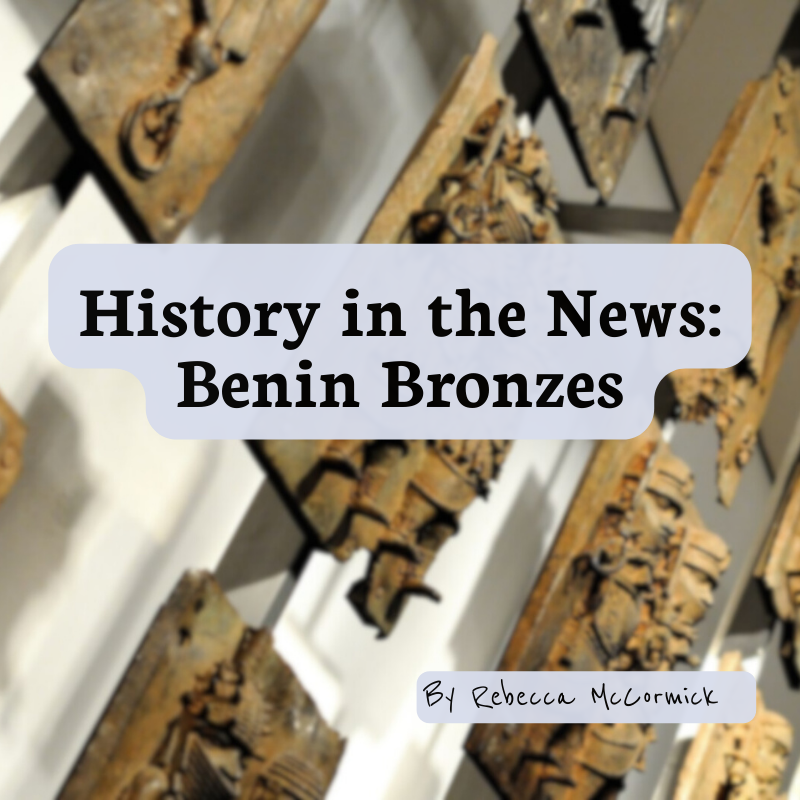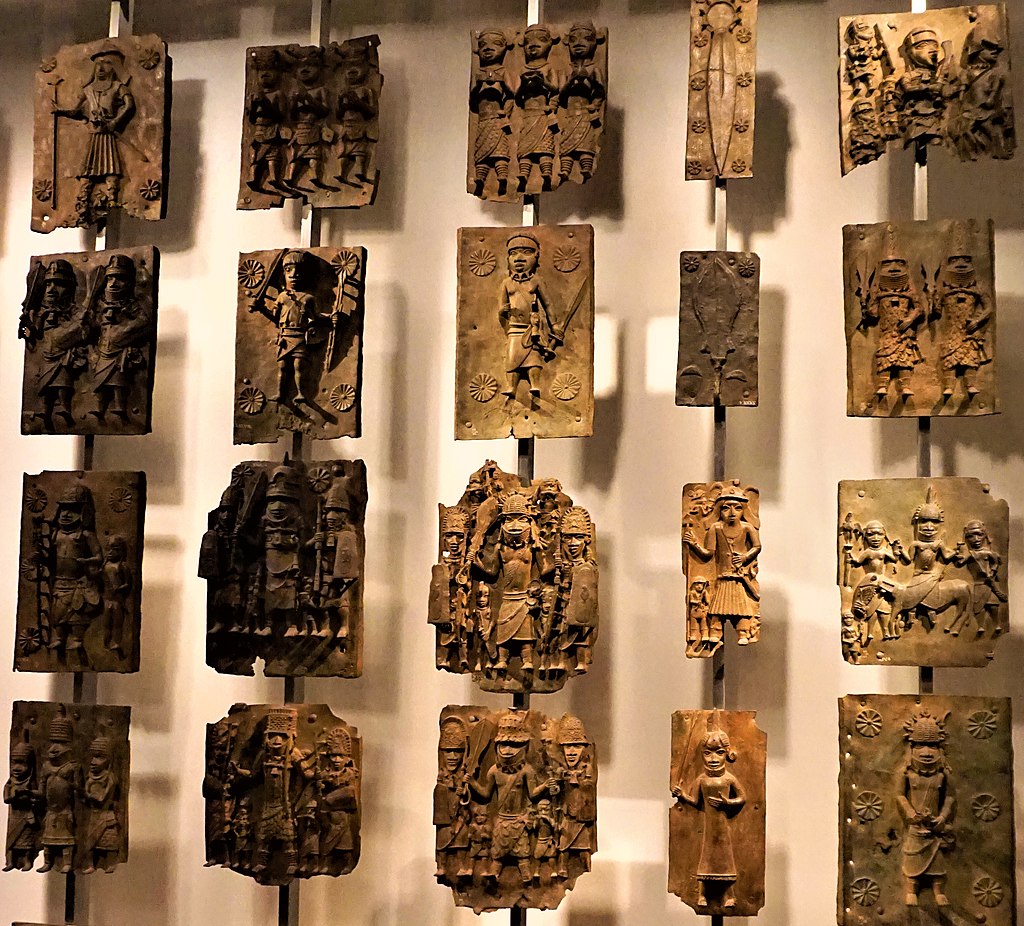
Looted art and artifacts sit in museums across the Western world, but some of these items are slowly making their way home. Some institutions are working proactively to return stolen artifacts while others are refusing any attempts for cultures to regain their cultural materials. The Benin Bronzes are a great way to highlight the complicated politics of repatriation. Let’s see how various museums are addressing the issue.
If you have done Middle Ages Benin Unboxed, you are familiar with the impressive and deeply-important bronze art. Not only are these beautiful art objects, but they served as the history-keeping devices in a culture that focused on visual display over written history. That was of course before they were plundered in a punitive attack by British forces in 1897. The British hoped to create a trading monopoly, and the Kingdom of Benin fought back. This was part of a larger imperialist effort called the Scramble for Africa.
Smithsonian Institute
In October 2022, the Smithsonian Museum of African Art returned 29 Benin bronze objects in a ceremony in Washington, D.C. The Smithsonian had been working with the Nigerian government as well as the oba (ruler) of the Kingdom of Benin to work on returning the objects. The Smithsonian started by evaluating the provenance of the items they had in their collection. In researching the items, they determined that 29 of the 39 Benin objects they housed could be traced back to the 1897 British raid and should be returned based on the Smithsonian’s updated ethics policy.
But it doesn’t end there! Twenty more Benin Bronzes have been identified in Smithsonian’s National Museum of Natural History collection, and more research is required to see if those can also be traced back to the 1897 raid. There is lots of work still to be done.
British Museum
With some institutions returning the precious bronzes, pressure has increased on the museum with the largest collection of these looted artifacts: the British Museum. After the auction of Benin artifacts, nearly a thousand went to the British Museum in London, England by 1898. From the 1950s through 1970s, the British Museum had sold what it considered to be duplicated back to the Nigerian government. They have, at times, offered to “loan” the bronzes back to Nigerian institutions, but this was seen as insulting not only to Nigerians but to many former British colonies.
In short, the United Kingdom government has passed a law that prevents the return or repatriation of any item within the British Museum. They maintain that the British Museum is an encyclopedic library of the world and do not appear to be budging.
German Museums
The second-largest collection of Benin Bronzes is currently housed in Germany’s Humboldt Forum, often compared to the British Museum or called “Germany’s Louvre.” While Germany was resistant to return any items for a long time, public sentiment within the country has shifted as Germans have started to confront their own colonialist past. More than 1,000 pieces of Benin art have transferred from German museums to the ownership of the Nigerian government as of July 2022.
But as German institutions looked to return hundreds of items looted from Benin, things became further complicated. In March 2023, the Nigerian president made a public declaration that upended years of careful diplomacy. He stated that any returned bronzes should be given to the Kingdom of Benin’s royal family rather than to the Nigerian Commission for Museums and Monuments (NCMM). What do you think? Should these artifacts become the personal property of the oba, or are they the cultural history of the whole country?
What now?
While governments do the tedious work of research, diplomacy, and repatriation, a new project called Digital Benin is working to highlight where the items of Benin remain and includes a searchable database of the more than 5,000 items dispersed across the globe. Check them out for yourself, and see the impressive craftsmanship of the Edo people!

